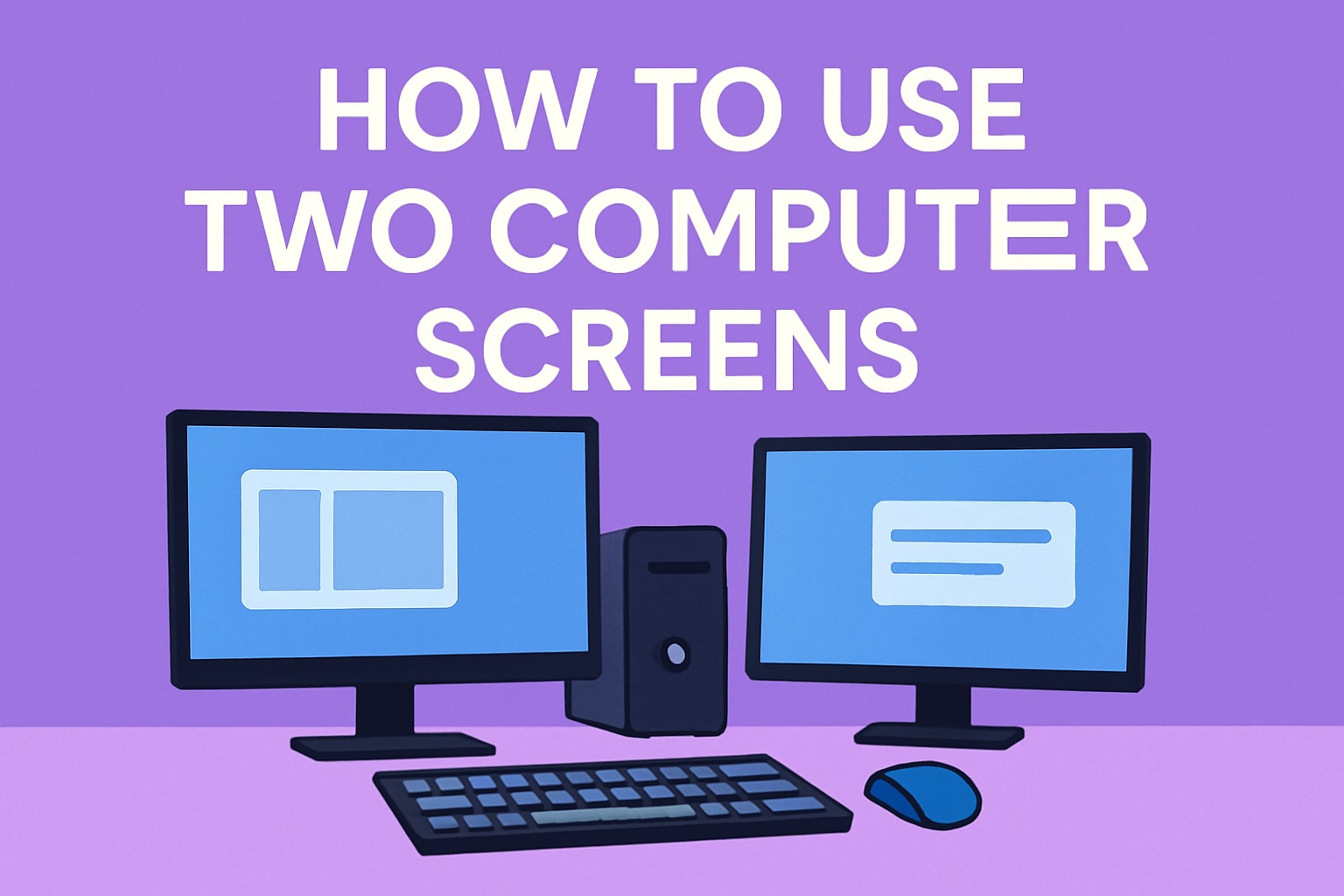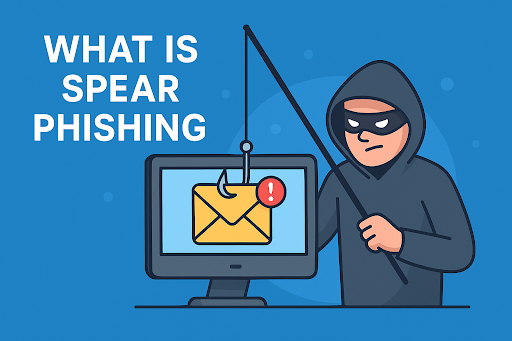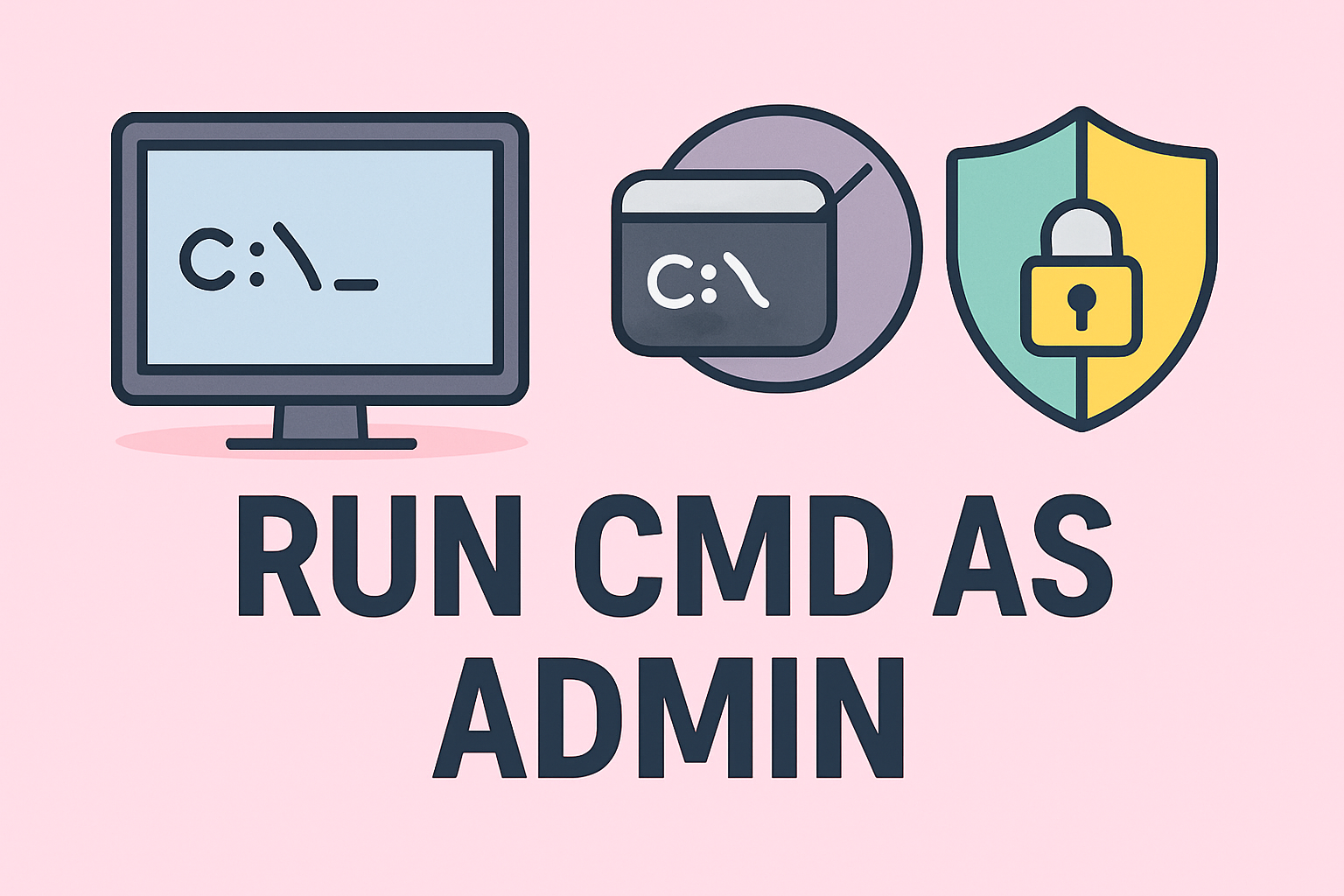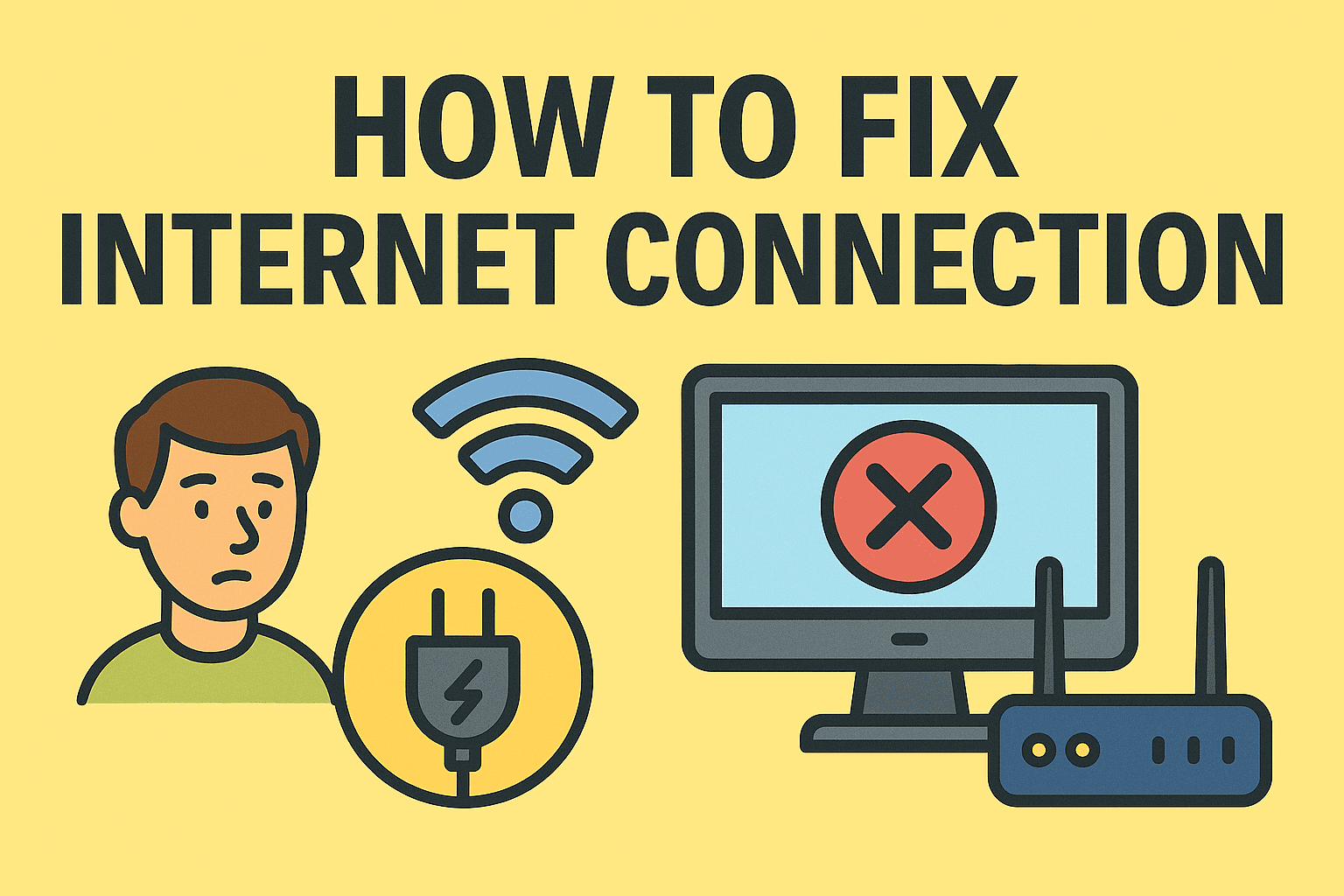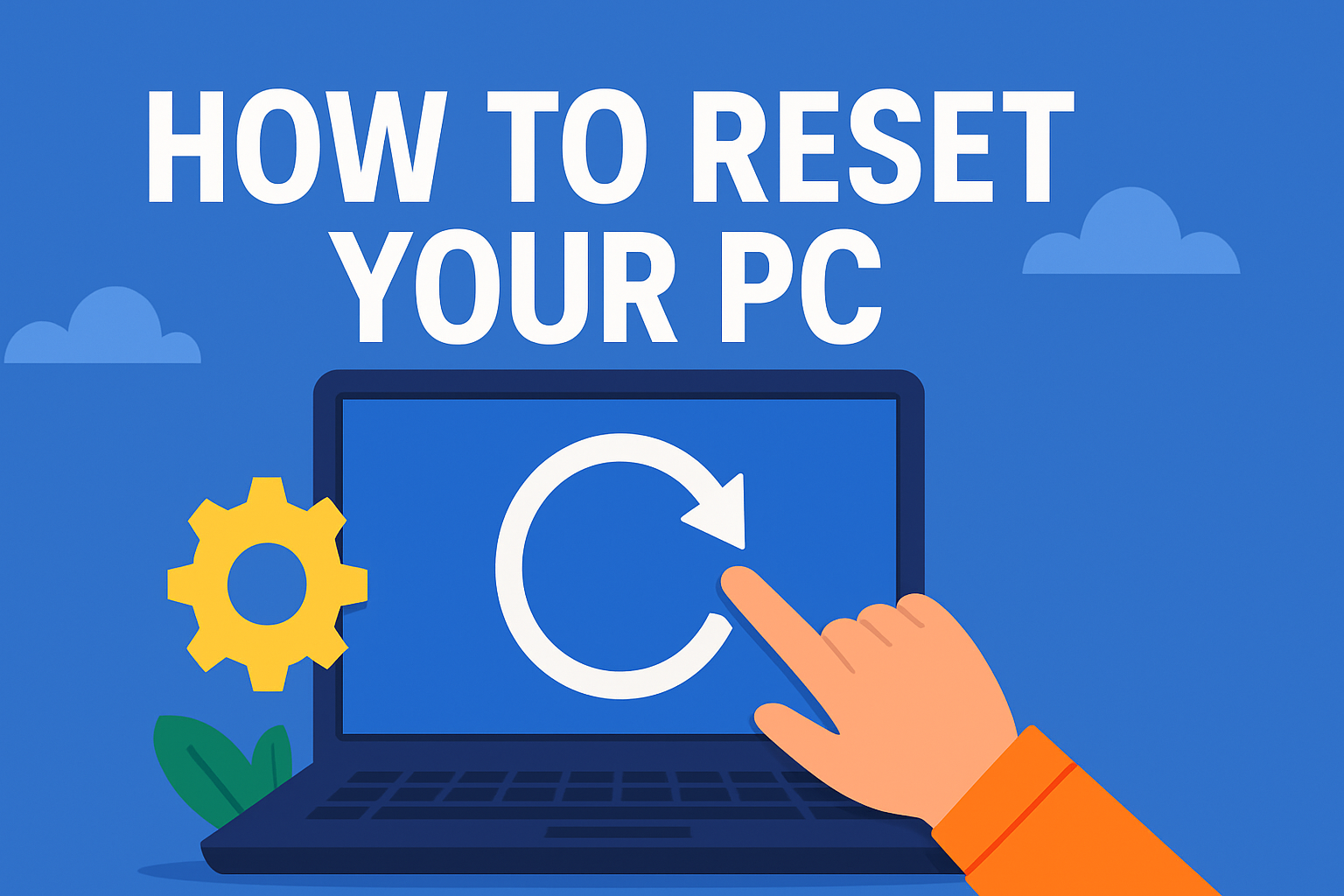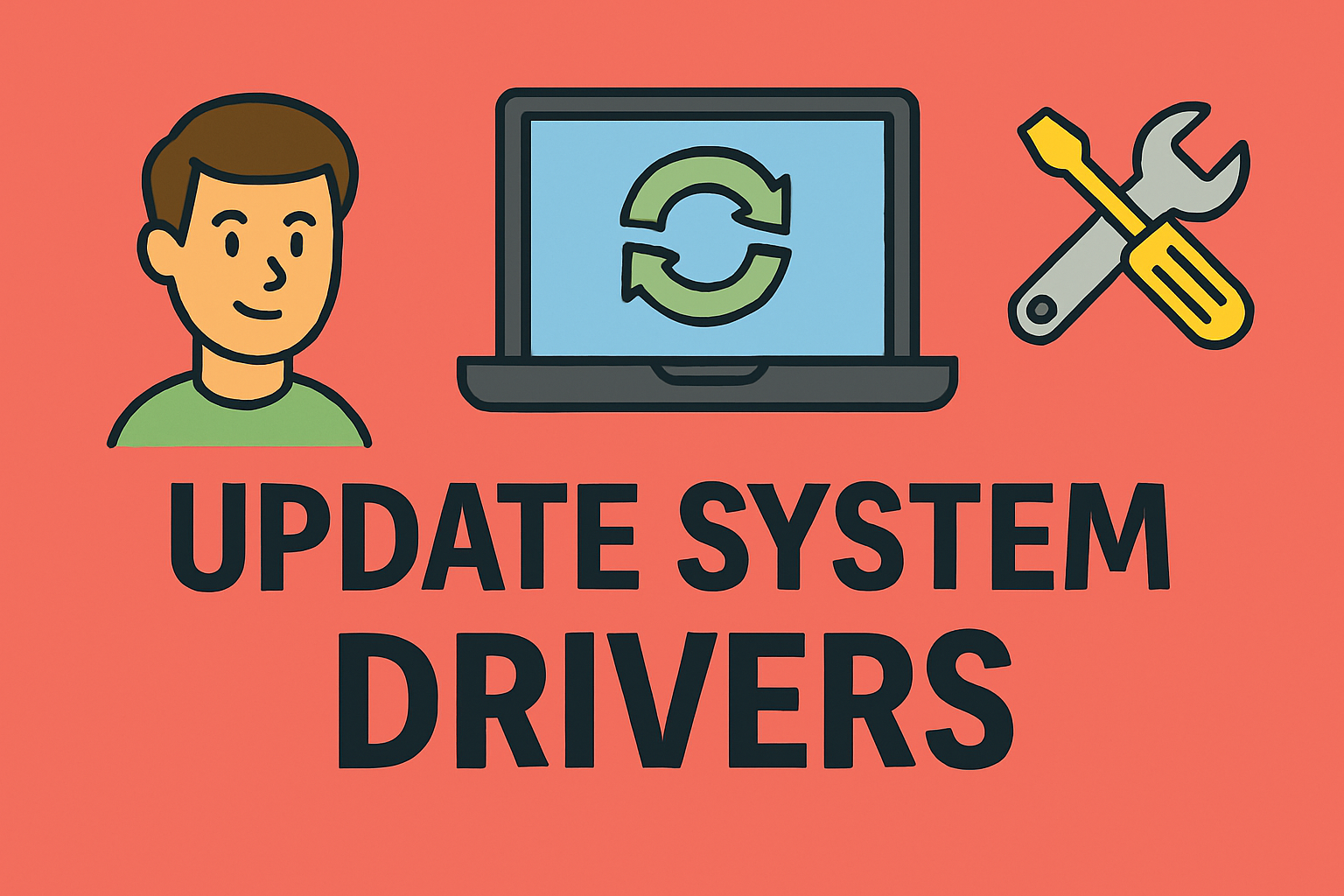Introduction: Could One Device Compromise Your Entire Network?
Updated on June 16, 2025, by ITarian
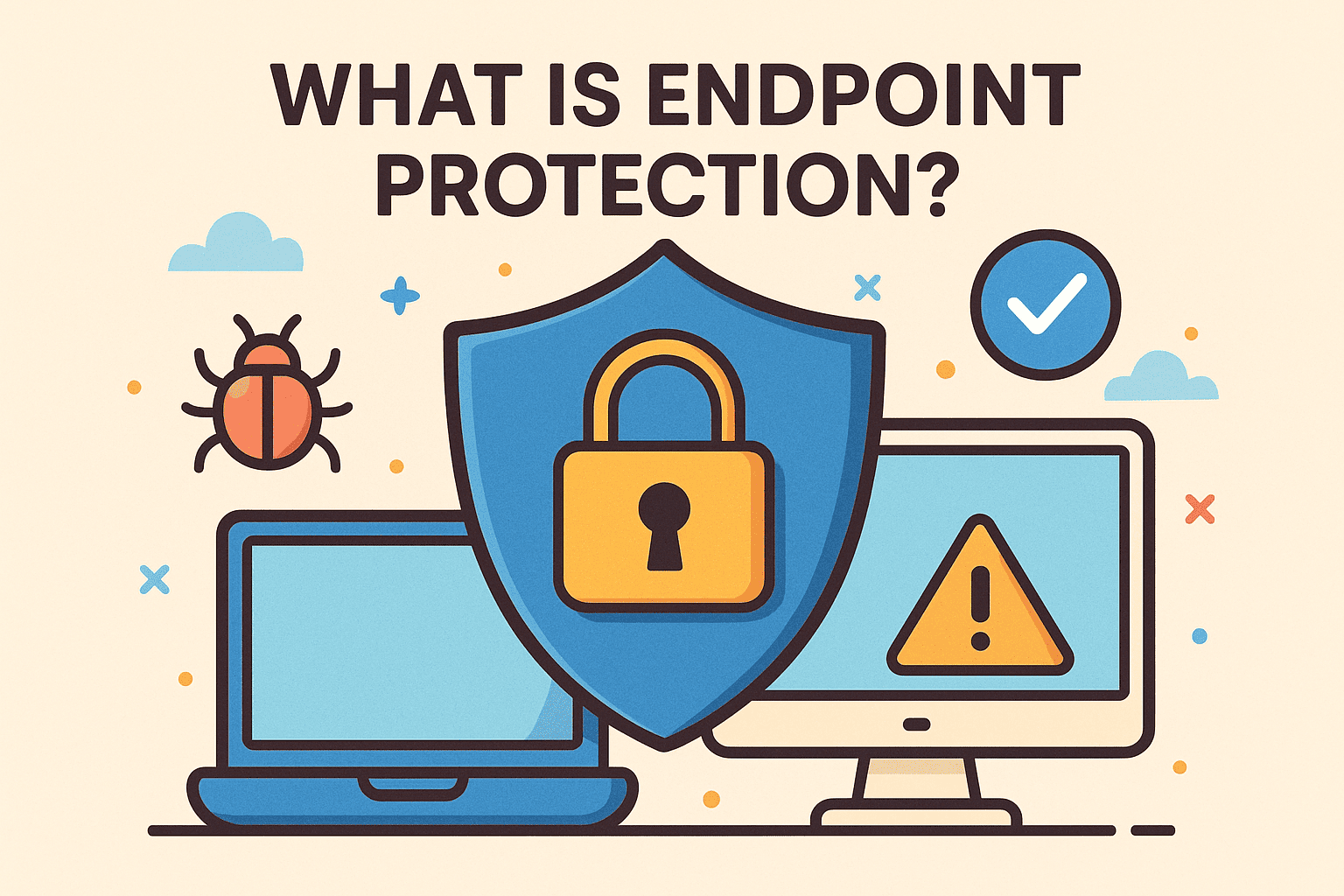
In an age where cyber threats are growing more advanced by the day, businesses can’t afford to overlook a single vulnerability. Imagine a single employee’s infected laptop becoming the entry point for ransomware that halts your operations for days. Scenarios like this highlight the vital role of endpoint protection.
In this guide, we’ll explore what endpoint protection is, how it differs from traditional security, and why it’s essential for your organization’s defense strategy. Whether you’re an IT manager, CEO, or security enthusiast, this post is tailored to you.
What is Endpoint Protection?
Endpoint protection is a cybersecurity approach focused on securing individual devices—known as endpoints—such as laptops, smartphones, desktops, and servers. These tools monitor, detect, and block threats at the device level, ensuring that no malicious activity slips past your defenses.
While traditional security tools protect the perimeter, endpoint protection works at the ground level, where attacks often originate. It combines components like antivirus software, firewalls, and advanced tools like EDR (Endpoint Detection and Response) to provide comprehensive security.
Why It Matters:
- Devices are now widely distributed due to remote work
- Cybercriminals often target endpoints as easy access points
- Regulatory compliance (e.g., GDPR, HIPAA) requires data protection on all devices
Core Features of Endpoint Protection
An effective endpoint protection solution includes several essential capabilities:
1. Antivirus Software
Traditional yet crucial, antivirus software scans for known malware, spyware, trojans, and viruses. It acts as the first layer of defense.
2. Firewall & Network Controls
Controls incoming and outgoing traffic to block unauthorized access and prevent lateral movement in the network.
3. EDR (Endpoint Detection and Response)
EDR adds real-time threat detection, incident investigation, and automated responses to suspicious activities. It goes beyond prevention to offer actionable analytics.
4. Device & Application Control
Restricts the use of unauthorized devices and applications, minimizing attack surfaces and insider threats.
5. Data Encryption
Encrypts sensitive files and communications, ensuring that even if a device is compromised, the data remains secure.
6. Patch Management
Automates software updates to close security gaps caused by outdated applications.
How Endpoint Protection Works
Endpoint protection solutions typically operate through agent-based or cloud-based models. Here’s how it functions:
- Deploy Agents: Software agents are installed on endpoints.
- Enforce Policies: Centralized security rules are pushed to all devices.
- Monitor Behavior: Real-time monitoring detects deviations and anomalies.
- Take Action: If a threat is detected, the system can isolate the endpoint, notify admins, or auto-remediate the issue.
This model gives IT teams full visibility and control, even in large, decentralized networks.
Endpoint Protection vs. Endpoint Security: What’s the Difference?
The terms are often used interchangeably, but there are subtle distinctions:
| Feature | Endpoint Protection | Endpoint Security |
| Focus | Threat prevention | Comprehensive defense, including response |
| Tools | Antivirus, firewall | EDR, threat intelligence, DLP |
| Approach | Reactive | Proactive + Reactive |
Ultimately, endpoint protection is a subset of broader endpoint security strategies.
Who Needs Endpoint Protection?
Practically every industry needs endpoint protection. Here are some use cases:
✅ Healthcare
Secures patient data and ensures HIPAA compliance
✅ Finance
Protects against financial fraud, data theft, and phishing
✅ Retail
Defends POS systems and customer information
✅ Manufacturing
Guards intellectual property and connected devices (IoT)
✅ Education
Protects student data and remote learning platforms
Key Benefits of Endpoint Protection
Implementing endpoint protection brings several advantages:
- ✔ Reduces risk of cyberattacks and breaches
- ✔ Ensures regulatory compliance
- ✔ Improves visibility and control across all devices
- ✔ Automates response to threats, reducing IT burden
- ✔ Enhances business continuity
Challenges in Implementing Endpoint Protection
Despite its advantages, endpoint protection comes with challenges:
- BYOD policies complicate control
- Shadow IT creates visibility gaps
- Lack of user awareness leads to risky behaviors
- Integration issues with legacy systems
These can be mitigated through training, strong policies, and comprehensive tools.
Best Practices for Endpoint Protection
To strengthen your security posture, follow these tips:
- Update software regularly to patch vulnerabilities
- Use strong, unique passwords with MFA
- Educate employees on cyber hygiene
- Deploy EDR for real-time detection and response
- Control USB access and external device usage
Choosing the Right Endpoint Protection Solution
Here’s what to consider:
- Scalability: Will it grow with your organization?
- Integration: Does it work with your current infrastructure?
- Automation: Can it respond without constant admin input?
- Support: Is the vendor reliable and responsive?
- Features: Includes antivirus, EDR, encryption, etc.
Final Thoughts: Protect Every Device, Every Time
In today’s hyper-connected landscape, endpoint protection is not just a nice-to-have—it’s a necessity. One weak link can compromise your entire network. With the right tools, policies, and training in place, you can defend against even the most sophisticated threats.
Take control of your device security today. Sign up for Itarian’s Endpoint Protection Suite and stay one step ahead of cyber threats.
FAQs: What People Ask About Endpoint Protection
1. Is endpoint protection the same as antivirus?
Not exactly. Antivirus is one component of endpoint protection, which also includes firewalls, EDR, encryption, and more.
2. How does EDR differ from traditional antivirus?
EDR offers real-time monitoring, behavioral analysis, and automated response, whereas antivirus primarily scans for known threats.
3. Can small businesses benefit from endpoint protection?
Yes. In fact, small businesses are often targeted because they lack robust security measures.
4. What’s the difference between endpoint protection and firewalls?
Endpoint protection focuses on device-level defense, while firewalls guard the network perimeter.
5. Does endpoint protection slow down devices?
Modern solutions are lightweight and designed for minimal performance impact.



